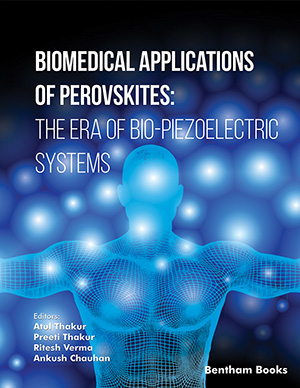Abstract
Fouling is a significant issue in wastewater treatment processes, leading to
reduced efficiency and increased operational costs. Perovskite materials have emerged
as a promising solution for antifouling treatment in wastewater systems due to their
unique properties and versatile applications. This book chapter provides an overview of
the recent advancements in perovskite-based antifouling strategies and highlights the
challenges that need to be addressed for their practical implementation. Traditional
antifouling strategies often involve the use of toxic chemicals that have detrimental
effects on marine ecosystems. Therefore, there is a growing need for environmentally
friendly and sustainable alternatives. In recent years, perovskite materials have
emerged as a promising candidate for antifouling treatments due to their unique
physicochemical properties. The use of perovskite materials in antifouling applications
primarily relies on two approaches: photodynamic and photocatalytic mechanisms.
Photodynamic antifouling involves the generation of reactive oxygen species (ROS)
upon exposure to light, which can effectively disrupt and prevent the attachment and
growth of fouling organisms. On the other hand, photocatalytic antifouling employs
perovskite materials as catalysts to trigger chemical reactions that degrade fouling
organisms or their adhesion mechanisms. By harnessing their unique properties,
perovskite-based coatings have demonstrated significant antifouling capabilities.
Continued research and development efforts are necessary to overcome technical
challenges and evaluate the long-term effectiveness and environmental implications,
ultimately paving the way for the practical application of perovskite-based antifouling
treatments in diverse marine industries.
Keywords: Anti-Fouling Treatment, Perovskites, Photocatalytic antifouling, Reactive oxygen species.


















